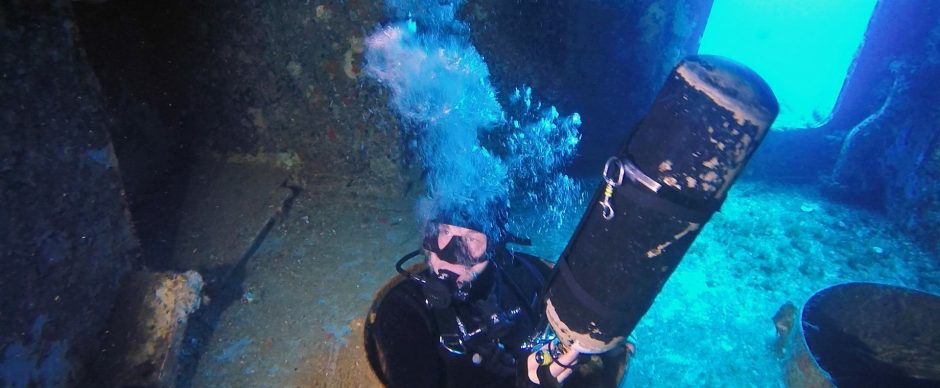Chill Swim 2016 ….. “Long distance open water swimming isn’t just about swimming around buoys in a loop– it’s about the journey. Travelling the length of a lake from one end to the other, swimming across a channel, or completing a swim from one set point to another gives the swim meaning. You haven’t swum a lake until you have completed the full length of it” ……
I had another Shoulder operation back in late 2015, 4 years since my accident and they were still hacking away at me !! To aid my recovery and speed up regaining my mobility I hit the pool a few months after hoping for the best. Swimming definitely helped so I needed something special to keep me bashing out those strokes (repetition is my Achilles heel and swimming is definitely not the most exhilarating sport, especially when your doing serious mileage) so I was on the hunt for something to train for. Something needed to capture my imagination and excite me … its always something different, unusual, often daring and this time I found it in the Chillswim Coniston. A long distance swim from end to end on the famous Lake Coniston. Full of History and lore it is the 3rd largest lake in England , home to the Swallows and Amazons tale, Donald Campbell and his speed records in the Bluebird and the infamous “Lady in the Lake” murders…. Was this for me ? … yes! , Did I need any more persuasion ? No! … sorted then I was in. I fired off the link to my friends and Al , Deeksy and Lyn rose to the bait , a team was born! We spent most of the summer on Alemoor , the best wild swimming loch within easy reach of Hawick. An occasional foray here and there to mix it up including a cracking Sunday afternoon when Al , Mick and I swam the length of St Marys loch with a now injured Lyn supporting us. We finished the day off with Steaks at the Gordon arms, for recovery of course 🙂
On the day we were all feeling fit and my shoulder the best for years, Ill never have a good shoulder again but it was as good as it will ever be so I was buzzing for a 5ish mile cruise up the lake. We arrived to high winds and heavy rain !, pretty much the normal for the lake district 😀 The Event organization was professional , friendly and smooth running , we were on the bus and off to the start in no time and soon we were running into the loch and swimming out the bay …. next stop Wild Cat Island. I stopped to take it all in as I swam along the famous Island , several times in fact. It’s all to easy in an adventure to be to fixed on the finish line or chasing a time, and not stop to take mental photos and bask in the feelings of being somewhere special.

Every mile and a half there was a food stop, I ignored the first and continued on , stopping at 3 miles for a banana and a blether with a guy from Wales. He was swimming in his trunks. I was in a wet-suit and it was chilly enough. To be honest swimming in a wetsuit isn’t that hard, it takes a lot of the hardship from wild swimming and sorts out your bad technique , heavy legs etc . Swimming in speedos 😀 is a LOT harder and you need to acclimatize your body to the cold as well as swim a lot better and harder. Kudos to the hardcore Welshman 🙂
The swim went great and the 5 odd miles went in very quickly , pretty soon I was swimming up the finishing straight cheered on by the crowds … picking up my medal and goody bag on the way through the sign off. We posed for photos by our beautiful assistant and photographer Jan 😀 The weather was cold and rattling with wind so very Quickly we headed to the pick up point and jumped in the bus headed back to the registration car park .. the driver was pumping out the heater … luuuvvvvverly !!! what a day !

Deeksy the fish 😀












































